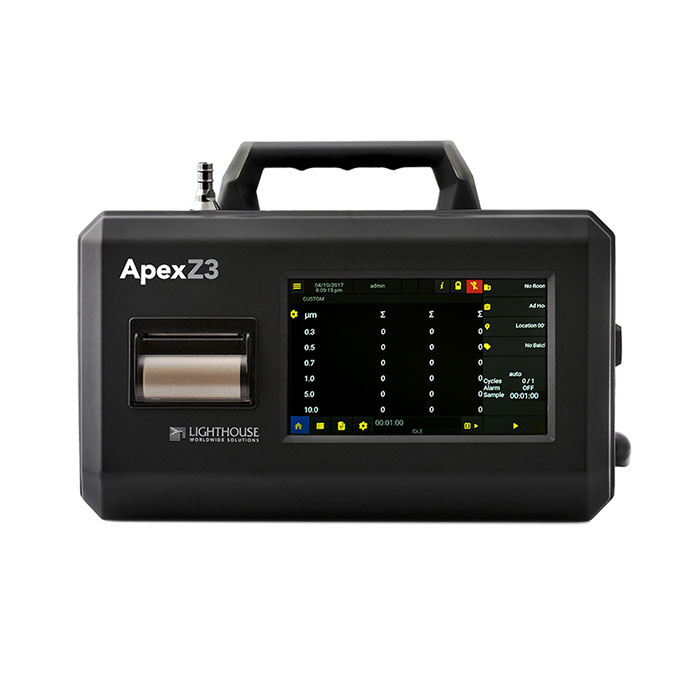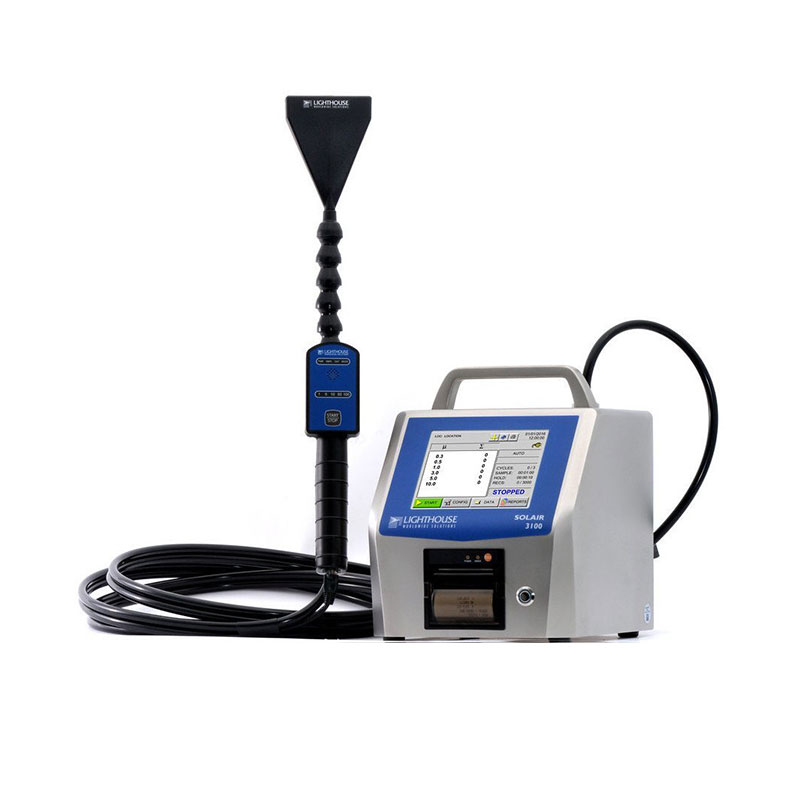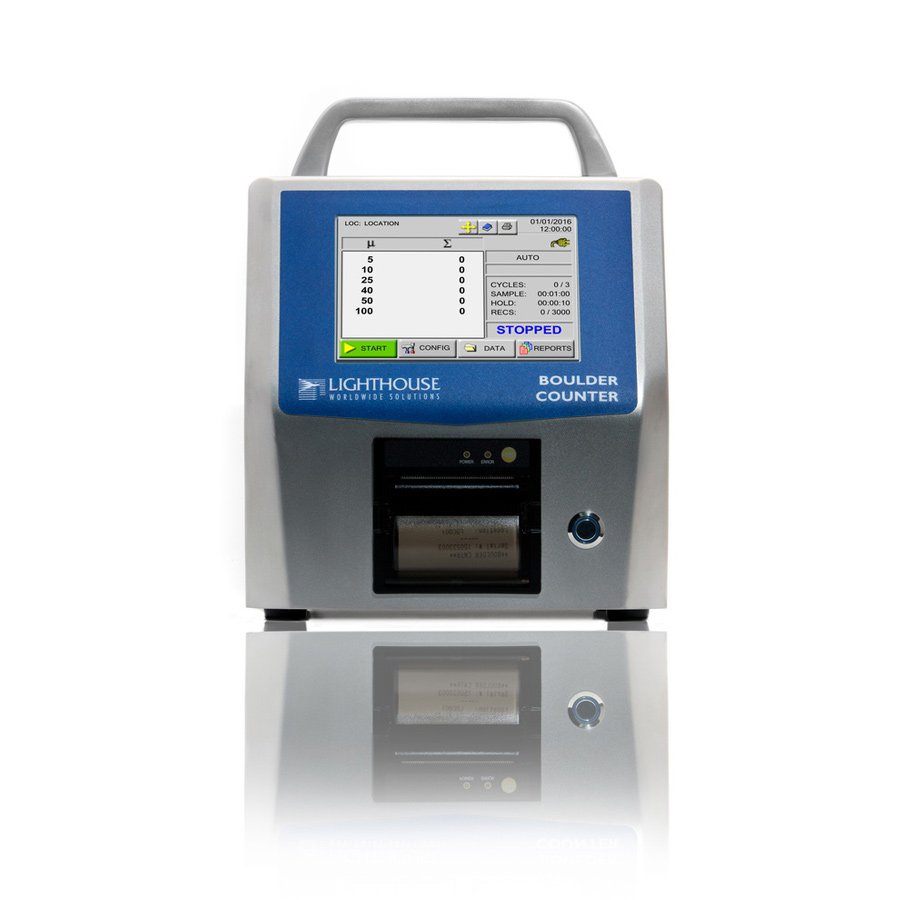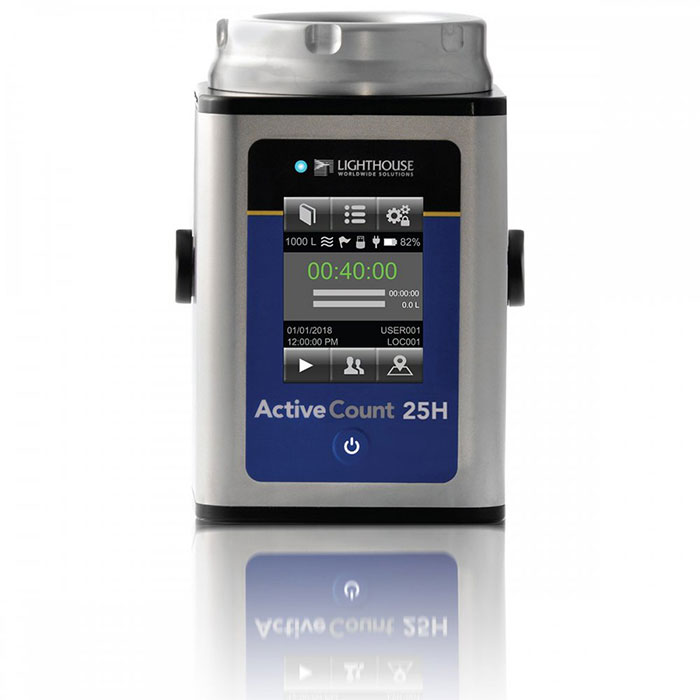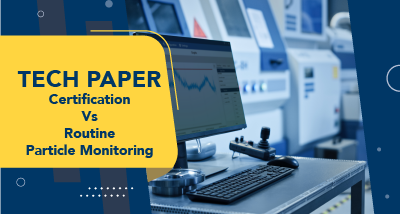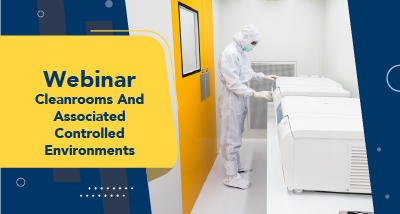Cleanroom certifiers test HEPA (High-Efficiency Particulate Air) filters to ensure they work efficiently and effectively. HEPA filters are used in cleanrooms to remove airborne particles and contaminants from the air, and therefore they are an essential component of cleanroom ventilation systems. Testing HEPA filters helps to ensure that the cleanroom maintains the required level of cleanliness.
The certifiers typically use particle counters to test the HEPA filters. They introduce a known quantity of particles into the air upstream of the filter and then measure the number of particles passing through it. The particle counters can detect particles down to a specific size, usually 0.3 microns, which is the most difficult particle size to capture. If the filter can capture a high percentage of the test particles, then it is considered to be functioning properly.
One specific tool that certifiers may use to test HEPA filters is the ScanAir Pro, a portable device that uses laser particle detection technology to measure the filter’s efficiency. The ScanAir Pro can detect particles as small as 0.3 microns and provides real-time readings of the filter’s performance. This device is often used in combination with other tools to provide a comprehensive assessment of the filter’s performance.
Overall, certifiers test HEPA filters to ensure they function properly and effectively remove particles from the air. This is important for maintaining the required level of cleanliness in cleanrooms and ensuring the safety of products and personnel in these environments.
Cleanroom certifiers test particle counts to measure the level of cleanliness in a cleanroom. The number and size of particles in the air can affect the quality of products produced in the cleanroom and can also impact the health and safety of personnel working in the environment. Particle counting is, therefore an essential part of the certification process for cleanrooms.
Certifiers typically use airborne particle counters such as the ApexZ to test particle counts in a cleanroom. These instruments are able to measure the concentration of airborne particles of various sizes in real-time. The certifier will strategically place the particle counters throughout the cleanroom and take measurements at different locations and at different times to get a representative sample of the air quality in the space.
The certifiers may also test for specific types of particles, such as viable and non-viable particles. Viable particles are living, such as bacteria and fungi, and non-viable particles are not living, such as dust and skin flakes.
The certifiers will compare the particle count measurements to the acceptable limits set by the appropriate regulatory bodies, such as ISO or EUGMP. If the particle count is within the acceptable range, the cleanroom will be certified as meeting the required level of cleanliness.
Suppose the particle count is outside the acceptable range. In that case, the certifier will work with the cleanroom personnel to identify the problem’s source and develop a corrective action plan.
Particle counting is an important aspect of cleanroom certification, as it quantitatively assesses the air quality in the environment. Particle counters are the primary tools used by certifiers to measure particle counts, and these instruments are able to provide real-time, accurate measurements of airborne particle concentrations in cleanrooms.
Cleanroom certifiers test viable particle counts to measure the level of microbial contamination in a cleanroom. Viable particles are living particles, such as bacteria and fungi, that can pose a risk to the safety and quality of products produced in the cleanroom and the health of personnel working in the environment. Viable particle testing is, therefore an important aspect of cleanroom certification.
Certifiers typically use air samplers to test for viable particles in the cleanroom. The air sampler draws a known volume of air through a collection media, such as a petri dish or a filter, over a specified period of time. The collection media is then incubated to allow any viable particles that may have been present in the air to grow into visible colonies. The colonies are then counted and identified to determine the type of microorganisms present.
Certifiers may also perform surface testing for viable particles, where samples are taken from surfaces in the cleanroom and cultured to detect any viable particles that may be present.
The certifiers will compare the viable particle count measurements to the acceptable limits set by the appropriate regulatory bodies, such as ISO or FDA. If the viable particle count is within the acceptable range, the cleanroom will be certified as meeting the required level of cleanliness.
Overall, viable particle testing is an important aspect of cleanroom certification, as it provides a quantitative assessment of the microbial contamination in the environment. Air samplers such as the AC100H are the primary tools used by certifiers to measure viable particle counts, and these instruments are able to collect and culture samples of airborne microorganisms in the cleanroom.
Cleanroom certifiers test temperature, relative humidity, differential pressure, and air velocity to ensure that the cleanroom is operating within the required environmental parameters. Each of these factors plays a critical role in maintaining a clean and controlled environment in the cleanroom.
Temperature and relative humidity are tested to ensure that the cleanroom is at the appropriate temperature and humidity levels. This is important because certain products or processes may be sensitive to temperature or humidity changes, and the wrong levels can lead to product defects or process failures. Certifiers typically use temperature and humidity sensors to collect temperature and humidity readings throughout the cleanroom. These sensors are placed at different locations within the cleanroom and record the temperature and humidity levels over a specified period of time.
Differential pressure is tested to ensure that the cleanroom maintains the required level of air pressure differential between adjacent spaces. This is important because it helps to prevent the migration of particles or contaminants from one space to another. Certifiers use a DP Sensor to measure the pressure differential between the cleanroom and adjacent spaces. This tool measures the difference in pressure between the two spaces and quantitatively measures the pressure differential.
Air velocity is tested to ensure that the cleanroom is maintaining the required level of air movement throughout the space. This is important because it helps to ensure that airborne particles and contaminants are effectively removed from the environment. Certifiers typically use an Air Velocity Sensor to measure the air velocity in the cleanroom. This tool calculates the speed and direction of air movement in space.
The certifiers will compare the temperature, humidity, pressure, and air velocity measurements to the acceptable limits set by the appropriate regulatory bodies or standard operating procedures. If the measurements are within the acceptable range, the cleanroom will be certified as meeting the required environmental parameters.

